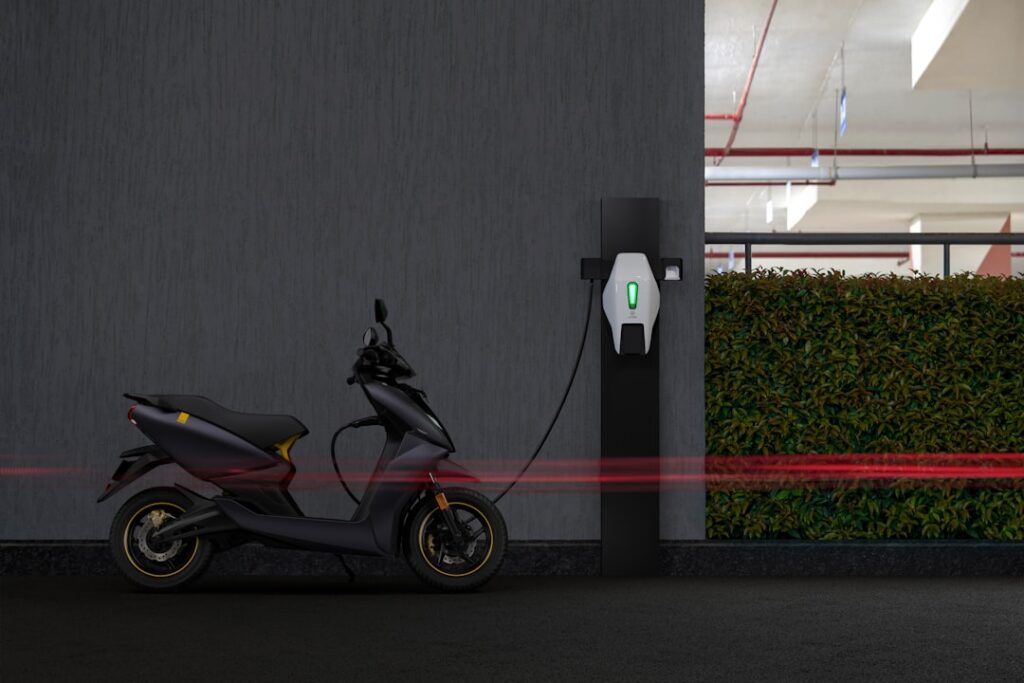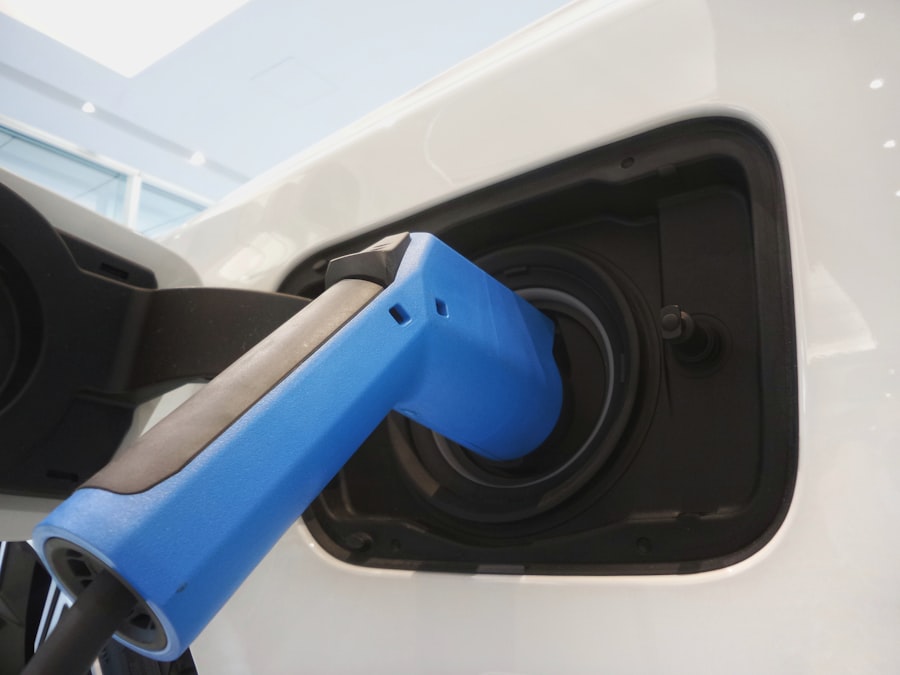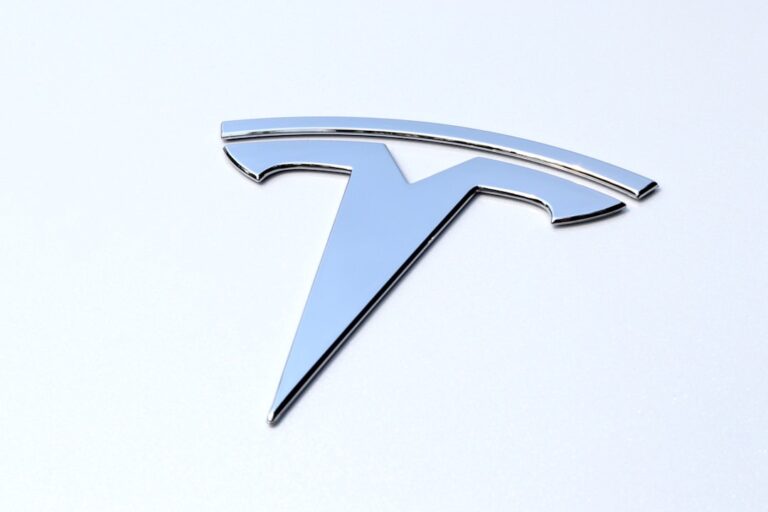
Electric vehicles (EVs) have emerged as a transformative force in the automotive industry, reshaping how we think about transportation and energy consumption. As concerns about climate change and fossil fuel dependency grow, the shift towards electric mobility has gained momentum. EVs are not just a trend; they represent a significant evolution in how we power our vehicles, offering a cleaner, more sustainable alternative to traditional gasoline-powered cars.
With advancements in technology and increasing consumer awareness, electric vehicles are becoming more accessible and appealing to a broader audience. The journey of electric vehicles began over a century ago, but it is only in recent years that they have gained widespread acceptance. The combination of innovative technology, environmental consciousness, and supportive government policies has created a fertile ground for the growth of the EV market.
As we delve deeper into the world of electric vehicles, we will explore the advancements that have propelled their development, the infrastructure needed for their adoption, and the various factors influencing consumer behavior.
Key Takeaways
- Electric vehicles (EVs) are gaining popularity as a sustainable transportation option due to their lower environmental impact and advancements in technology.
- Advancements in EV technology include longer battery life, faster charging capabilities, and improved performance, making them more appealing to consumers.
- Infrastructure for EV adoption, such as charging stations and battery recycling facilities, is crucial for the widespread acceptance of EVs.
- Government incentives and policies, such as tax credits and emissions regulations, play a significant role in promoting the adoption of EVs.
- Consumer adoption of EVs is increasing as more affordable models become available and awareness of environmental benefits grows.
Advancements in Electric Vehicle Technology
Battery Breakthroughs
One of the most notable developments is the evolution of lithium-ion batteries, which have become the standard for electric vehicles. These batteries offer higher energy density, longer life cycles, and faster charging times compared to their predecessors. For example, Tesla’s latest battery technology allows for a range of over 400 miles on a single charge, making long-distance travel more feasible for EV owners.
Optimizing Energy Efficiency
Advancements in regenerative braking systems have further optimized energy efficiency in electric vehicles. This technology allows EVs to recover energy that would otherwise be lost during braking, converting it back into usable power for the vehicle.
Intelligent Performance and Safety
Manufacturers are also investing in artificial intelligence and machine learning to enhance vehicle performance and safety features. These technologies enable real-time data analysis, allowing for smarter navigation systems and improved driver assistance features. As a result, electric vehicles are not only becoming more efficient but also safer and more user-friendly.
Infrastructure for Electric Vehicle Adoption

The successful adoption of electric vehicles hinges on the development of robust infrastructure to support them. Charging stations play a crucial role in this ecosystem, providing EV owners with convenient access to power sources. Over the past few years, there has been a significant increase in the number of public charging stations across urban and rural areas alike.
S. Department of Energy, there are now over 100,000 public charging outlets available nationwide, making it easier for consumers to transition to electric mobility. However, the infrastructure challenge extends beyond just charging stations.
The integration of smart grid technology is essential for managing the increased demand for electricity that comes with widespread EV adoption. Smart grids can optimize energy distribution and ensure that charging stations are powered efficiently during off-peak hours. Furthermore, partnerships between governments and private companies are crucial for expanding charging networks and ensuring that they are accessible to all consumers.
As infrastructure continues to evolve, it will play a pivotal role in shaping the future of electric vehicle adoption.
Government Incentives and Policies for Electric Vehicles
| Country | Government Incentives and Policies |
|---|---|
| United States | Tax credits for purchasing electric vehicles, grants for charging infrastructure, and incentives for electric vehicle manufacturers. |
| China | Subsidies for electric vehicle purchases, support for charging infrastructure development, and regulations to limit traditional vehicle sales. |
| Norway | Exemption from import taxes, VAT, and road tolls for electric vehicles, as well as access to bus lanes and free parking. |
| Germany | Purchase incentives for electric vehicles, funding for charging infrastructure, and plans to ban internal combustion engine vehicles by 2030. |
Government incentives and policies have been instrumental in promoting electric vehicle adoption. Many countries have implemented tax credits, rebates, and grants to encourage consumers to purchase EVs. For example, in the United States, federal tax credits can provide up to $7,500 off the purchase price of an electric vehicle, making them more financially attractive to potential buyers.
Additionally, several states offer their own incentives, further sweetening the deal for consumers. Beyond financial incentives, governments are also investing in research and development to advance EV technology. Initiatives aimed at improving battery technology and charging infrastructure are being funded at both federal and state levels.
Furthermore, many countries have set ambitious targets for phasing out internal combustion engine vehicles altogether. For instance, Norway aims to sell only electric cars by 2025, while the United Kingdom plans to ban the sale of new petrol and diesel cars by 2030. These policies not only drive consumer interest but also signal a commitment to reducing carbon emissions and promoting sustainable transportation.
Consumer Adoption of Electric Vehicles
Consumer adoption of electric vehicles is on the rise, driven by a combination of factors including environmental awareness, cost savings, and technological advancements. As more individuals become conscious of their carbon footprint, many are turning to electric vehicles as a viable alternative to traditional cars. The growing availability of models across various price ranges has also made EVs more appealing to a wider audience.
From luxury brands like Tesla to more affordable options from manufacturers like Nissan and Chevrolet, consumers now have numerous choices when it comes to selecting an electric vehicle. Moreover, as charging infrastructure continues to expand and improve, range anxiety—the fear of running out of battery power before reaching a charging station—has diminished significantly. Many consumers now feel confident that they can find charging stations conveniently located along their routes.
Additionally, the total cost of ownership for electric vehicles is becoming increasingly competitive with gasoline-powered cars due to lower maintenance costs and rising fuel prices. As these trends continue, it is likely that consumer adoption will accelerate even further.
Challenges and Barriers to Electric Vehicle Adoption

Higher Upfront Costs
One significant barrier is the initial purchase price of EVs, which can be higher than that of traditional vehicles. Although government incentives help mitigate this cost, many consumers remain hesitant due to budget constraints or concerns about resale value.
Misconceptions and Range Anxiety
Another challenge is the perception surrounding electric vehicles themselves. Some consumers may still harbor misconceptions about EV performance or reliability compared to conventional cars. Concerns about battery life and charging times can deter potential buyers from making the switch.
Limited Infrastructure
Furthermore, in regions where charging infrastructure is limited or non-existent, consumers may feel discouraged from considering an electric vehicle as a viable option for their daily transportation needs. Addressing these challenges will require ongoing education efforts and continued investment in infrastructure development.
The Environmental Impact of Electric Vehicles
The environmental impact of electric vehicles is one of their most compelling selling points. By replacing gasoline-powered cars with EVs, we can significantly reduce greenhouse gas emissions and air pollution. According to a study by the Union of Concerned Scientists, electric vehicles produce less than half the emissions of comparable gasoline-powered vehicles over their lifetime when accounting for emissions from electricity generation.
This reduction is particularly pronounced in regions where renewable energy sources like wind or solar power dominate the energy mix. Moreover, as battery technology continues to improve and recycling processes become more efficient, the environmental footprint associated with battery production is expected to decrease as well. Efforts are underway to develop sustainable mining practices for lithium and other materials used in batteries while also enhancing recycling methods to recover valuable resources from used batteries.
As these advancements unfold, electric vehicles will play an increasingly vital role in mitigating climate change and promoting a cleaner environment.
The Future Outlook for Electric Vehicles
The future outlook for electric vehicles is bright and filled with potential as technological advancements continue to reshape the automotive landscape. Industry experts predict that by 2030, electric vehicles could account for up to 30% of global car sales—a significant increase from current figures. This growth will be fueled by ongoing innovations in battery technology that promise longer ranges and faster charging times while also reducing costs.
Additionally, as governments around the world implement stricter emissions regulations and commit to sustainability goals, automakers are increasingly investing in electric vehicle development. Major manufacturers are expanding their EV lineups and committing billions of dollars towards research and development efforts aimed at creating more efficient and affordable models. With consumer interest on the rise and infrastructure improvements underway, it is clear that electric vehicles are not just a passing trend but rather a fundamental shift towards a more sustainable future in transportation.
In conclusion, as we navigate through this exciting era of electric mobility, it is essential to recognize both the challenges and opportunities that lie ahead. By addressing barriers to adoption and continuing to innovate in technology and infrastructure development, we can pave the way for a cleaner, greener future powered by electric vehicles. — Further Reading: 1.
[U.S. Department of Energy – Alternative Fuels Data Center](https://afdc.energy.gov/)
2. [Union of Concerned Scientists – Electric Vehicle Emissions](https://www.
org/resources/electric-vehicle-myths)
3.
[International Energy Agency – Global EV Outlook](https://www.iea.org/reports/global-ev-outlook-2023)
4. [National Renewable Energy Laboratory – Charging Infrastructure](https://www.nrel.gov/transportation/charging-infrastructure.html)
5. [Environmental Protection Agency – Greenhouse Gas Emissions](https://www.epa.gov/ghgemissions)
Electric vehicles have been gaining popularity in recent years, with companies like Tesla leading the way in innovation. In a related article, Nvidia’s Autos Segment Is the Future of Self-Driving Cars, discusses how Nvidia’s technology is shaping the future of self-driving cars. This highlights the growing importance of technology in the automotive industry and the potential for electric vehicles to revolutionize transportation.
Learn about Elon Musk. Click here now!
FAQs
What are electric vehicles (EVs)?
Electric vehicles (EVs) are vehicles that are powered by electric motors and batteries, rather than internal combustion engines. They produce zero tailpipe emissions and are considered to be more environmentally friendly than traditional gasoline-powered vehicles.
How do electric vehicles work?
Electric vehicles work by using electricity stored in a battery to power an electric motor, which then turns the vehicle’s wheels. The battery is charged by plugging the vehicle into an electric power source, such as a charging station or a wall outlet.
What are the benefits of electric vehicles?
Some of the benefits of electric vehicles include lower operating costs, reduced greenhouse gas emissions, and quieter operation compared to traditional gasoline-powered vehicles. They also have fewer moving parts, which can result in lower maintenance costs.
What types of electric vehicles are available?
There are several types of electric vehicles available, including battery electric vehicles (BEVs), which run entirely on electricity; plug-in hybrid electric vehicles (PHEVs), which have both an electric motor and a gasoline engine; and hybrid electric vehicles (HEVs), which use a combination of an internal combustion engine and an electric motor.
What is the range of electric vehicles?
The range of electric vehicles varies depending on the model and the capacity of the vehicle’s battery. Some electric vehicles have a range of over 200 miles on a single charge, while others may have a shorter range. Advances in battery technology are continually improving the range of electric vehicles.
How long does it take to charge an electric vehicle?
The time it takes to charge an electric vehicle depends on the charging method and the capacity of the vehicle’s battery. Level 1 charging, which uses a standard 120-volt household outlet, can take several hours to fully charge a vehicle. Level 2 charging, which uses a 240-volt charging station, can typically charge a vehicle in a few hours. DC fast charging can provide a significant charge in as little as 30 minutes.
